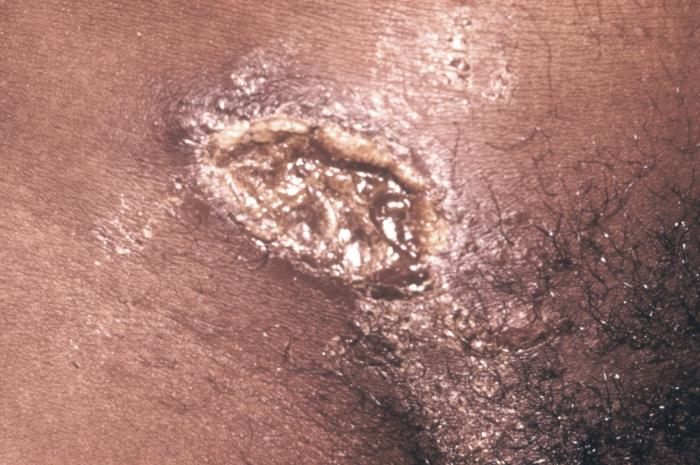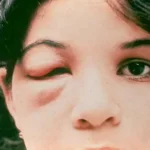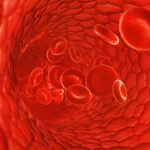Chancroid is a bacterial infection caused by Haemophilus ducreyi, primarily characterized by painful genital ulcers and swollen lymph nodes. It is considered a sexually transmitted infection (STI) and remains a significant public health concern in certain parts of the world, especially in regions with limited access to healthcare. Understanding its symptoms, diagnosis, treatment, and preventive measures is crucial for managing and reducing its prevalence.

Causes and Risk Factors
The causative agent of chancroid, Haemophilus ducreyi, is a gram-negative bacterium. It spreads primarily through sexual contact, making unprotected intercourse a key risk factor. Additional risk factors include:
- Multiple sexual partners: Increased exposure heightens the likelihood of infection.
- Poor hygiene: Lack of proper genital hygiene can facilitate bacterial transmission.
- Coexisting STIs: Conditions like syphilis or HIV may increase susceptibility to chancroid.
- Travel to endemic regions: High prevalence areas, such as parts of Africa, Asia, and the Caribbean, pose greater risk.
Symptoms of Chancroid
Chancroid symptoms typically appear within 3 to 10 days after exposure. Key clinical manifestations include:
- Painful ulcers: These soft, irregularly shaped sores often develop on the genitalia. They may ooze or bleed easily.
- Swollen lymph nodes: Enlarged, tender lymph nodes, particularly in the groin area, are common.
- Discomfort during urination: Ulcers near the urethra may cause pain or burning sensations.
- Genital swelling: Inflammation around the ulcers may lead to noticeable swelling.
In women, symptoms can be less pronounced, making early detection challenging.
Diagnosis of Chancroid
Diagnosing chancroid involves a combination of clinical evaluation and laboratory testing:
- Clinical Examination: Physicians assess the appearance and location of ulcers and swollen lymph nodes.
- Laboratory Tests:
- Culture: Isolation of Haemophilus ducreyi from ulcer samples.
- PCR Testing: Highly sensitive and specific molecular tests.
- Microscopy: Gram staining may reveal gram-negative coccobacilli.
- Differential Diagnosis: Conditions like syphilis, herpes simplex virus (HSV), and lymphogranuloma venereum (LGV) must be ruled out.
Treatment Options
Effective treatment not only alleviates symptoms but also reduces the risk of transmission. Common approaches include:
- Antibiotics: Single-dose azithromycin or ceftriaxone is highly effective. Alternatives like ciprofloxacin or erythromycin may be prescribed.
- Incision and Drainage: For suppurative lymphadenopathy, surgical intervention may be necessary.
- Symptom Management: Analgesics and proper hygiene help reduce discomfort and promote healing.
Timely treatment is critical to prevent complications, such as phimosis or fistula formation.
Prevention of Chancroid
Preventing chancroid requires a multifaceted approach:
- Safe Sexual Practices: Consistent use of condoms significantly lowers the risk.
- Regular Health Check-ups: Routine STI screenings ensure early detection and treatment.
- Partner Notification: Informing sexual partners helps control outbreaks.
- Public Health Campaigns: Education and awareness programs play a vital role in endemic areas.
Complications of Chancroid
If left untreated, chancroid can lead to severe complications, including:
- Chronic Ulcers: Persistent sores may cause significant scarring.
- Increased HIV Risk: Ulcers can facilitate HIV transmission.
- Genital Deformities: Advanced cases may result in disfigurement.
Global Impact and Epidemiology
Chancroid has declined in prevalence in many developed countries due to improved healthcare and STI management. However, it remains endemic in some developing regions. Collaborative efforts between governments, healthcare providers, and non-governmental organizations (NGOs) are essential to eradicate this preventable disease.

